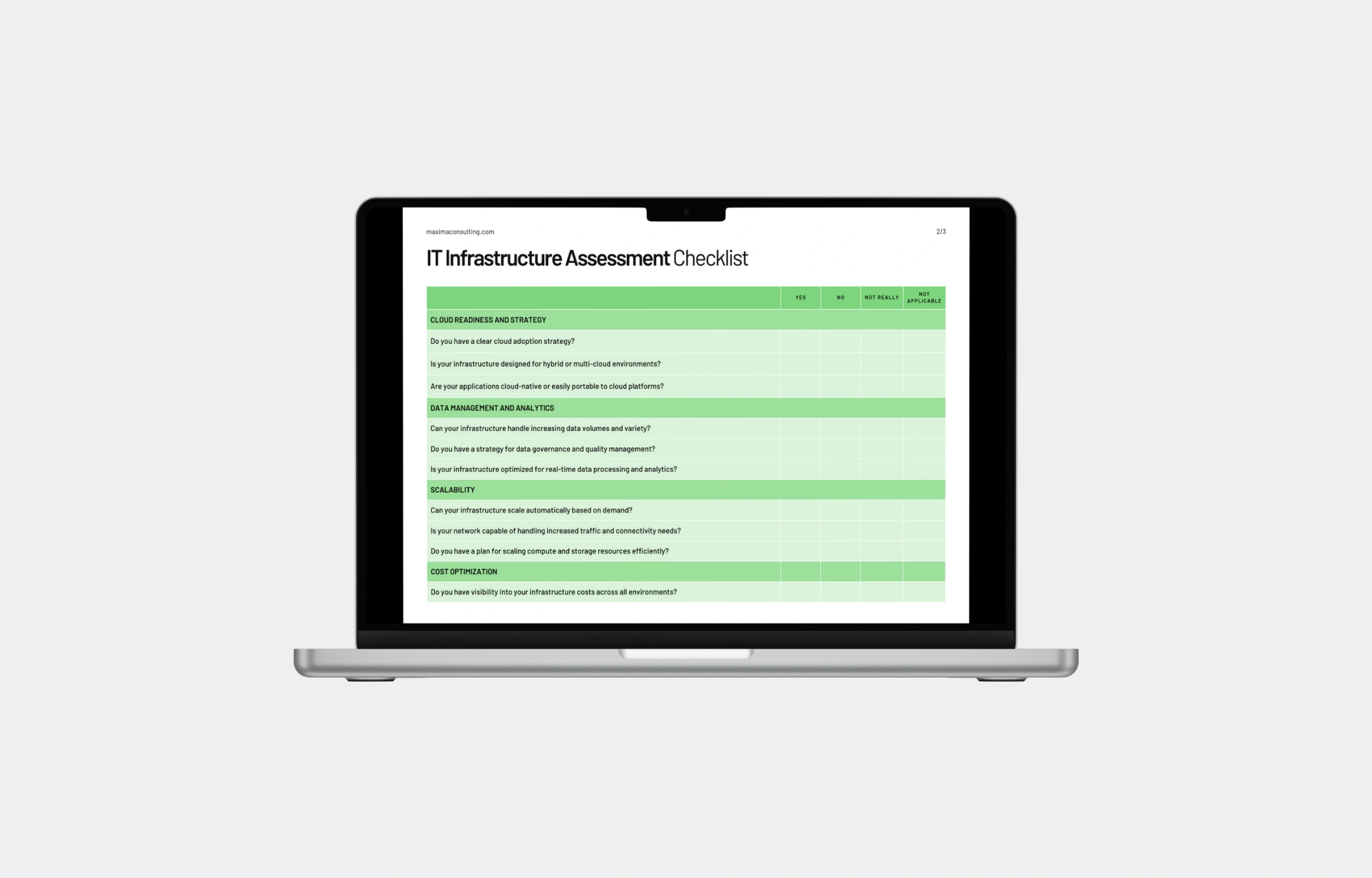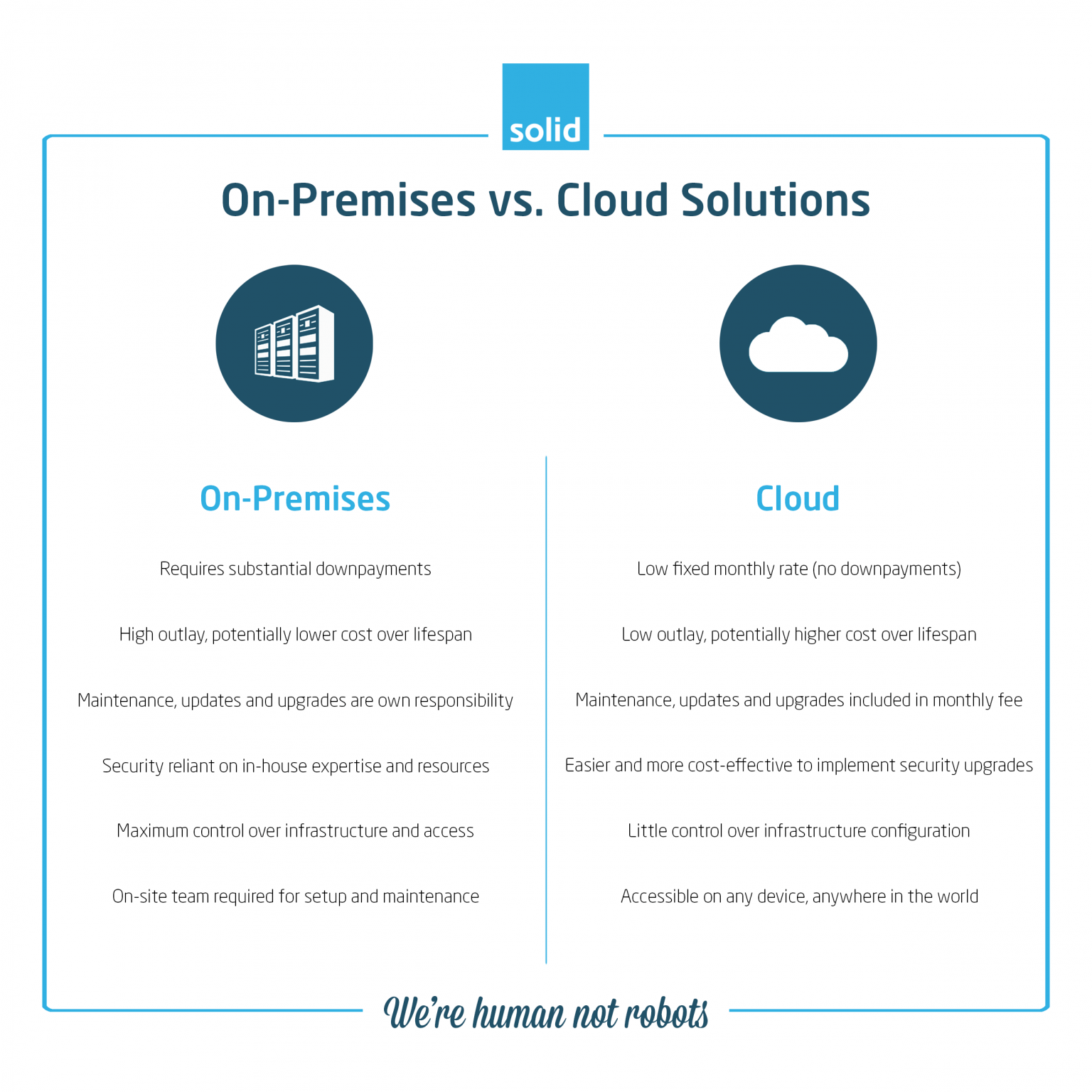Governments worldwide are rapidly embracing digital transformation to make public services more efficient, transparent, and citizen-centric. Moving beyond traditional paper-based systems and manual procedures, digital transformation in government involves integrating modern technologies into every facet of public administration—from online service portals to real-time data analytics. This evolution promises faster processes, enhanced security, and better engagement with constituents, ultimately transforming the way public services are delivered.
“Digital transformation in the public sector isn’t merely a technical upgrade—it’s a shift in mindset. It redefines how governments interact with their citizens,” says Tamer Badr, owner of Singleclic. “When governments leverage technology effectively, they empower both administrators and the public, leading to a more agile and responsive state.”
This article explores the key components of government digital transformation, discusses common questions and potential drawbacks, and includes practical advice and real-user reviews. By understanding the framework and challenges of digital transformation, policymakers and public administrators can better tailor initiatives to meet evolving civic needs.
Introduction
Digital transformation in government represents a fundamental change from legacy systems to streamlined digital processes. It involves adopting technologies such as cloud computing, artificial intelligence (AI), big data analytics, and mobile platforms. These technologies enable government agencies to:
- Centralize Data: Consolidate information across departments for a unified view of public services.
- Enhance Efficiency: Automate routine tasks, reducing manual workload and error rates.
- Boost Transparency: Offer real-time updates and online access to records, fostering trust.
- Improve Citizen Engagement: Provide user-friendly portals for service requests, feedback, and communication.
These benefits drive governments to innovate continuously, ensuring that services adapt to the needs of a digital society. Yet, while the potential gains are enormous, successful digital transformation requires careful planning, robust infrastructure, and continuous evaluation.
People Are Always Asking
- “How can digital transformation improve citizen services?”
- Answer: It can lead to faster processing times, real-time service updates, and enhanced transparency. Citizens can access services online, reducing the need to visit government offices physically.
- “Does transitioning to digital systems compromise data security?”
- Answer: When properly implemented with encryption, multi-factor authentication, and compliance with standards like HIPAA or GDPR, cloud-based systems can be even more secure than traditional setups.
- “What is the investment cost for digital transformation?”
- Answer: Although initial costs can be high—considering software licenses, staff training, and migration—long-term savings from efficiency gains and reduced infrastructure expenses often justify the investment.
- “Will digital transformation create a digital divide for older citizens?”
- Answer: It may, if not accompanied by inclusive initiatives. Therefore, many governments offer educational programs and user-friendly interfaces to bridge the gap.
- “Can small municipalities afford digital transformation?”
- Answer: Yes, through scalable cloud services and government grants. Cost-effective solutions like open-source platforms also help smaller entities modernize without heavy expenses.
These questions emphasize the need for thorough consideration of benefits, costs, and social impacts when embarking on a digital transformation journey.
Key Components of Government Digital Transformation
- Cloud Infrastructure and Data Management
- Centralized Storage: Cloud computing allows seamless data sharing across agencies.
- Scalability: Resources can be scaled up or down based on demand, reducing hardware investments.
- Example: Many cities now use cloud-based systems for managing public records and municipal services.
- Digital Service Portals
- Citizen Access: Online portals let residents apply for permits, pay bills, and access health or social services from home.
- User Experience: Intuitive design minimizes user confusion and reduces processing time.
- Example: Some counties offer one-stop portals that integrate multiple services with real-time support.
- Automation and AI Integration
- Process Automation: Robotic Process Automation (RPA) reduces manual data entry and speeds up workflows.
- Predictive Analytics: AI algorithms can forecast public service demands, aiding in proactive planning.
- Example: Automated chatbots that answer citizen queries 24/7, enhancing customer support.
- Mobile Applications and Remote Access
- On-the-Go Services: Mobile apps allow citizens to interact with government services anytime, anywhere.
- Real-Time Updates: Public safety and emergency alerts are managed more effectively via mobile platforms.
- Cybersecurity and Compliance
- Data Protection: Strong encryption, firewalls, and regular audits ensure that sensitive data is secure.
- Regulatory Compliance: Adherence to legal frameworks like HIPAA for health information or GDPR for data protection is critical.
Benefits of Government Digital Transformation
- Efficiency and Speed
- Automated systems reduce repetitive tasks, decreasing processing times for permits, applications, and benefits.
- Cost Savings
- Lower overheads from reduced physical infrastructure and streamlined operations allow for reallocation of public funds.
- Transparency and Accountability
- Online portals and data analytics enhance transparency, enabling citizens to track the progress of their applications and report discrepancies.
- Improved Citizen Engagement
- User-friendly interfaces encourage residents to interact with government services, leading to increased satisfaction and trust.
- Disaster Recovery
- Cloud-based systems typically have robust backup and recovery plans, minimizing downtime during emergencies.
Tamer Badr comments, “Digital transformation in government isn’t just an upgrade; it’s a strategic move that enhances service delivery while reducing costs and boosting public trust.”
Potential Drawbacks
- Initial Investment and Training
- Setting up cloud infrastructure and transitioning from legacy systems can be expensive and time-consuming.
- Integration Challenges
- Existing systems might not easily integrate with new digital solutions, leading to potential data silos.
- Digital Divide
- Not all citizens are comfortable with digital interfaces, necessitating parallel support through traditional channels.
- Cybersecurity Risks
- Even with high standards, transferring sensitive government data to the cloud introduces potential vulnerabilities.
- Resistance to Change
- Employees accustomed to paper-based or older digital systems might resist adopting new technology without proper training.
Tip: A phased implementation strategy with continuous staff training and citizen education can help mitigate many of these drawbacks.
Real User Reviews
Dr. Elena, Director of a Regional Health Department
“La migración a la nube ha revolucionado nuestra capacidad de responder a emergencias. Sin embargo, el cambio requirió inversión en capacitación y ciertos ajustes con los sistemas antiguos.”
Carlos, IT Manager en un Ayuntamiento
“Implementamos portales ciudadanos y chatbots, y la experiencia ha sido muy positiva. Se redujo notablemente el tiempo de respuesta, aunque la integración con sistemas heredados fue un reto mayor.”
Sofía, Administradora de Servicios Sociales
“El acceso móvil a servicios públicos ha aumentado la satisfacción ciudadana. No obstante, algunos adultos mayores todavía prefieren métodos tradicionales, lo cual nos obliga a mantener una doble estructura de atención.”
Frequently Asked Questions (FAQ)
- Is cloud computing secure enough for sensitive government data?
- Yes, when combined with strong encryption and multi-factor authentication. Always choose providers with robust security certifications.
- How long does the transition typically take?
- Varies. A phased rollout might take several months, depending on the legacy systems and training requirements.
- Can digital transformation improve citizen satisfaction?
- Absolutely. Quick processing times, transparent operations, and user-friendly portals significantly boost citizen engagement.
- What if some citizens are not tech-savvy?
- Plan for hybrid systems that offer both digital and traditional methods of service to ensure inclusivity.
- Will the initial cost of implementation be offset by savings later?
- Generally, yes. Despite upfront investment, reduced operational costs and improved efficiency often lead to substantial long-term savings.
Practical Implementation Tips
- Start with a Pilot Project
- Implement digital transformation in a single department to test new cloud systems before a full-scale rollout.
- Invest in Training and Support
- Conduct workshops, e-learning sessions, and on-site training to ensure employees and citizens alike can navigate new platforms.
- Focus on Integration
- Prioritize technologies that seamlessly connect with existing systems to avoid data silos and maintain operational continuity.
- Enhance Security Protocols
- Ensure every new system is equipped with encryption, regular audits, and compliance measures aligned with governmental standards.
- Solicit Feedback Continuously
- Set up channels for both employees and citizens to provide feedback, which can help guide iterative improvements in the system.
Tamer Badr advises, “Plan each step of your digital transformation meticulously and be ready to iterate. Your IT team should work hand-in-hand with public service experts to ensure smooth transitions and effective outcomes.”
Conclusion
Government digital transformation powered by cloud computing enables a more responsive, efficient, and citizen-centric public service system. Embracing the cloud means breaking down silos, reducing overhead, and enhancing security and data accessibility—all while potentially lowering long-term costs. However, the journey is not without hurdles: initial investments, cybersecurity concerns, integration with legacy systems, and ensuring digital inclusivity all demand careful planning and execution.
For governments striving to offer seamless services, adopting cloud-based solutions must be a well-thought-out, phased endeavor—ensuring continuous training and citizen support along the way. With systematic planning and a commitment to innovation, public agencies can transform how they engage with communities, drive transparency, and ultimately, improve the quality of life for citizens across the board.
In essence, cloud-driven digital transformation represents not only a technical upgrade but a fundamental shift toward a more proactive, agile, and accountable government. By embracing these changes, public services can efficiently evolve to meet current and future needs, building a foundation of trust and excellence in serving society.









